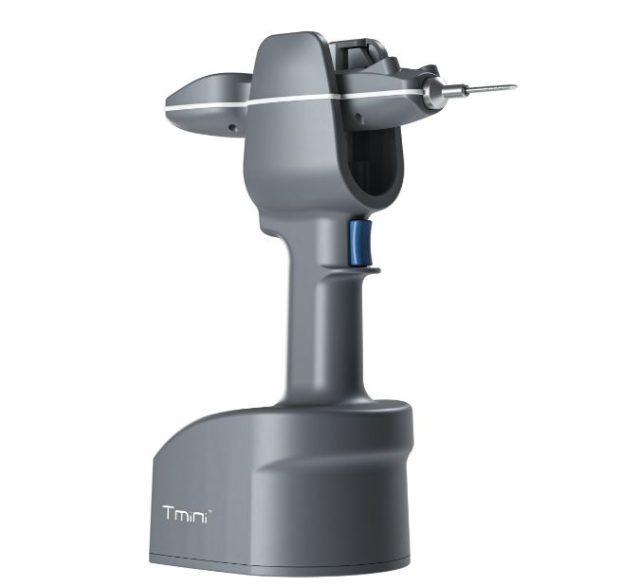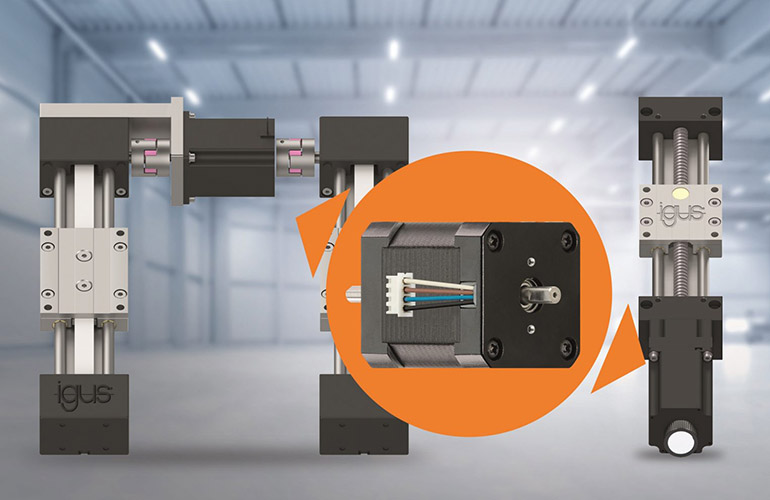The fusion of artificial intelligence and robotics is reshaping creative professions, offering unprecedented avenues for expression and innovation. From art to music, film, poetry, and design, AI is leaving an indelible mark on various creative disciplines.
In the realm of art, AI-driven creations are captivating audiences worldwide. In 2019, Ai-Da, dubbed the "world's first ultra-realistic humanoid AI robot artist," showcased her talent with a solo exhibition in the UK. Utilizing AI algorithms developed by Oxford University scientists, Ai-Da produces intricate drawings and paintings, blurring the lines between technology and creativity. Similarly, artists like Victor Wong and Alexei Lyanguzov leverage AI to explore traditional and contemporary artistic styles, demonstrating the transformative power of technology in the art world.
In the realm of music, AI-driven bands like Compressorhead and Z-machines challenge conventional notions of musical performance. These anthropomorphic robotic musicians, powered by compressed air and advanced control systems, mesmerize audiences with their dynamic performances. Collaborations between AI-driven bands and renowned musicians further highlight the symbiotic relationship between technology and creativity in the music industry.
In film and literature, AI algorithms like GPT-3 are pushing the boundaries of storytelling and scriptwriting. The GPT-3 neural network authored the script for the short film "Solicitors," showcasing the potential of AI in cinematic endeavors. Similarly, AI-generated novels and poetry challenge traditional notions of authorship, sparking discussions about the role of technology in creative expression.
In design, AI-driven neural networks like DALL-E are revolutionizing the way we conceive and visualize ideas. With the ability to generate images from textual descriptions, DALL-E opens new possibilities for design exploration and innovation. From anthropomorphic animals to unconventional furniture designs, AI-driven creativity is reshaping the design landscape, pushing the boundaries of imagination and aesthetics.
As AI continues to evolve and permeate creative industries, the possibilities for innovation are limitless. Whether it's creating art, composing music, crafting stories, or designing products, AI-driven technologies are redefining what it means to be creative in the digital age. Embracing these advancements promises to unlock new realms of creativity and inspire future generations of artists, musicians, filmmakers, poets, and designers.


















